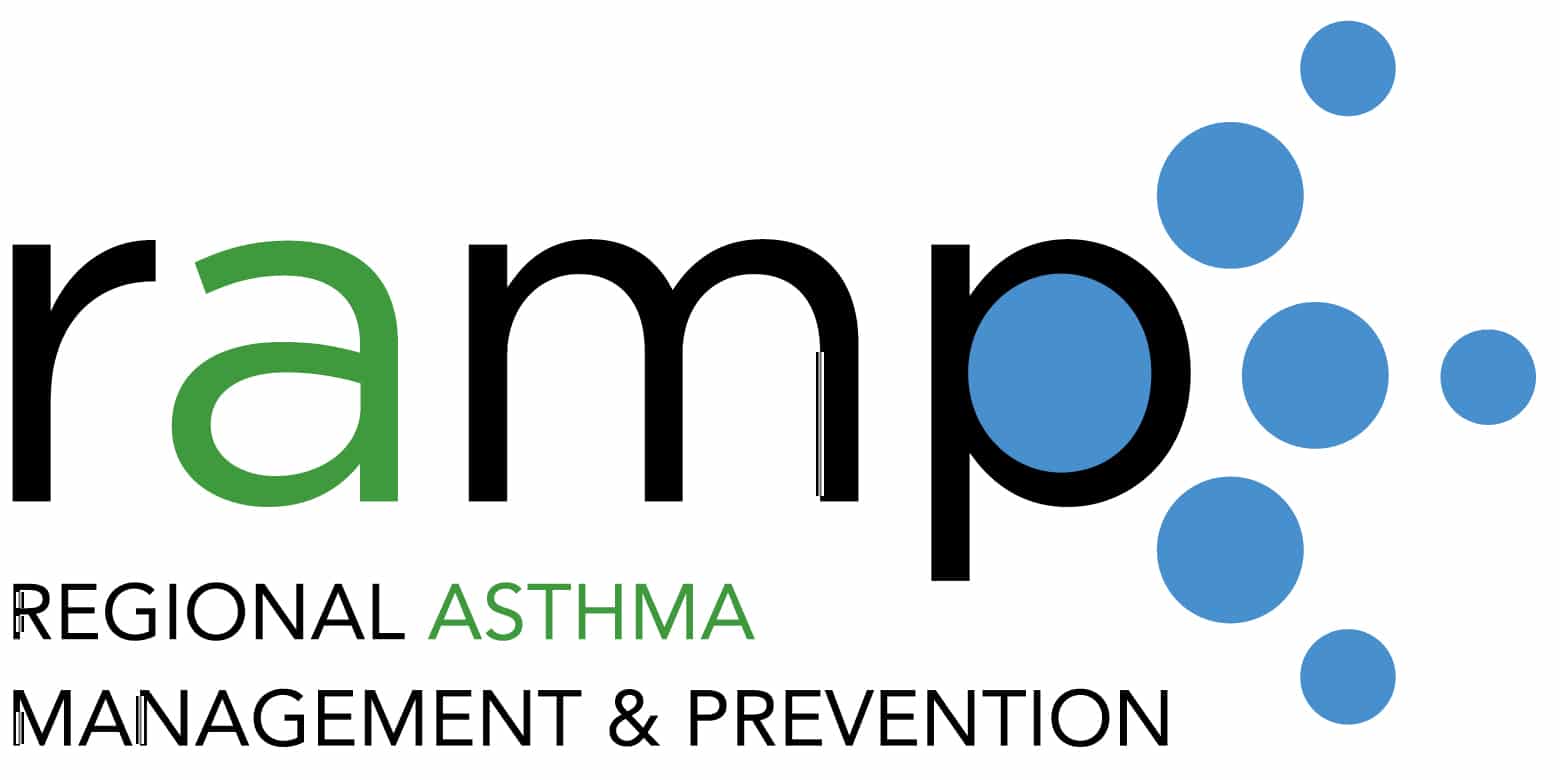Based on tech sector hype and awestruck media reports, automated passenger vehicles seem just one or two steps away from revolutionizing our personal transportation system. The freight transportation system is also on the cusp of an automated revolution, albeit with far less public fanfare. Just two years ago, an automated freight truck delivered goods over one hundred miles of freeway. In Los Angeles, at one of the world’s busiest ports, one of the terminals is a human-free zone as zero emission equipment and vehicles hum around the dock.
Like advocates for self-driving passenger cars, proponents of freight sector automation proclaim an array of benefits, including relief for congested roads, air quality gains for polluted communities, safer streets, and new high-paying jobs for many. Such benefits are certainly needed: low-income communities and communities of color along the freight system bear the brunt of freight impacts including noise, vibrations, pedestrian safety and health conditions like asthma, cancer, and heart disease. Additionally, for those working within the freight sector – such as warehouse workers or short haul drivers around ports – wages are often low and benefits are minimal.
But are the promises of automation real? Will any improvements benefit the communities that need them the most?
Regional Asthma Management & Prevention (RAMP) is excited to announce a new effort to help answer these and other questions. Starting in late Summer, 2019, and working with the Moving Forward Network and Human Impact Partners, we’ll develop a report exploring freight automation and the related public health and equity implications – positive and/or negative – for freight workers, fence-line communities and the public at large.
By surfacing automation-related issues, assessing their potential impacts, and providing policy and program recommendations, our goal is to shape future technology and infrastructure investments that result in healthier, more equitable communities.
This project is supported by a grant from the Robert Wood Johnson Foundation as part of a $2.4 million initiative exploring the relationship between technology, infrastructure, and health. Through a series of pioneering projects, RWJF is examining how technology’s impact on our infrastructure in the near future could help or hinder our efforts to improve health equity in the United States.
Digital technologies are redefining the infrastructure that underpins our communities. Driverless vehicles alone promise to redefine our roads, our power supply needs and our workforce. But little is known about how tech-driven changes to our infrastructure might impact health and well-being.
As we build a Culture of Health, we must ensure existing and emerging technologies transform our infrastructure in ways that increase the opportunity for everyone in America to live a healthier life.
We look forward to keeping you updated about this exciting project over the next eighteen months.

